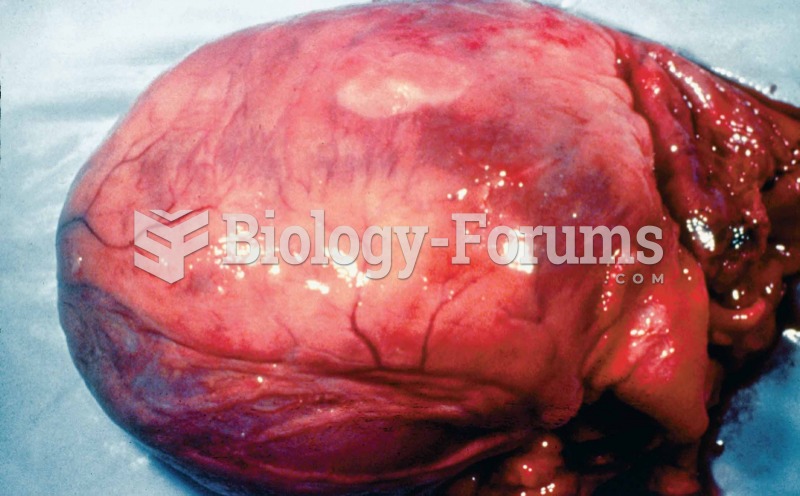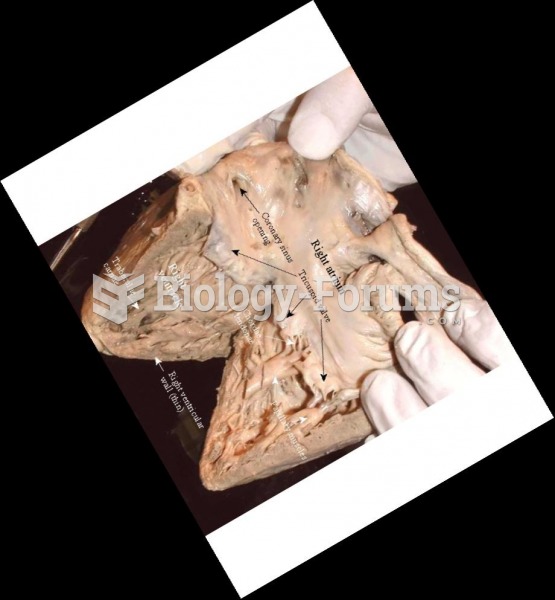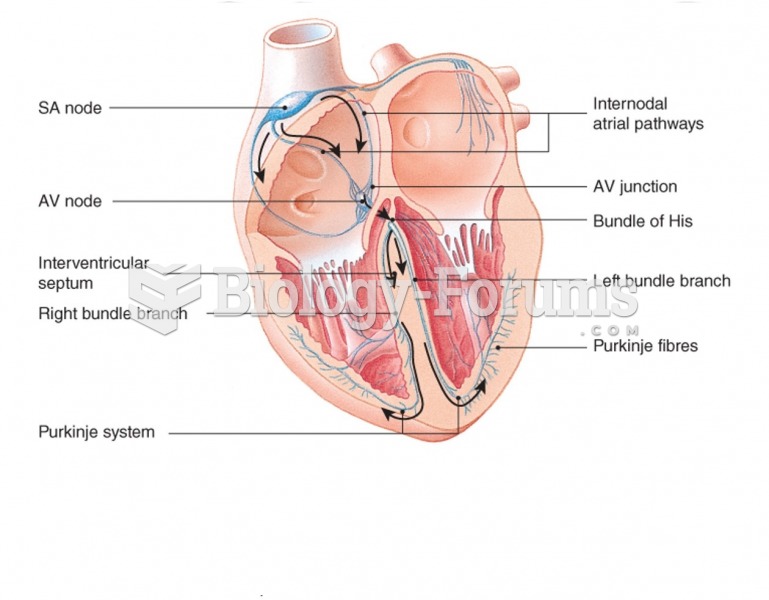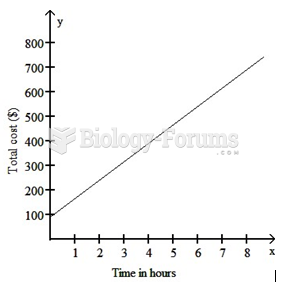Lisa is 67 years old and lives at home with her husband. She has hypertensive heart disease with CHF, generalized arthritis, and bunions on both feet. Seven years ago, she was diagnosed with polyateritis nodosa. Over the last seven or so months, her husband notes that she's becoming belligerent almost to the point of being combative when she gets upset. He is finding it more difficult to provide care and has reluctantly decided to place her in a specialized assisted living center. She was examined today for a physical exam. Her hypertensive heart disease and CHF are stable. She complains about aching in just about all her joints and has asked for some medication to alleviate the pain. Her bunions are quite pronounced, but she is not a good surgical risk, so she has learned to adapt by purchasing special shoes or by wearing slippers that do not aggravate the bunions. An exam of her mental status showed she is developing dementia from the polyarteritis nodosa. When challenged about something she said, she became very, very angry and verbally abusive. She actually raised her hand as if to strike out, and then changed her mind. Placement in the specialized facility is warranted, as they will be better able to manage the personality changes she is exhibiting.
Dx: Dementia due to polyarteritis nodosa
First-listed diagnosis: ________
Secondary diagnoses: ________
Fill in the blank with correct word.
Question 2
Terrie is a 33-year-old female who presents with the following symptoms: extreme drowsiness during the day, sudden loss of muscle tone that causes her head to fall forward and her knees to buckle. She also admitted to frequently falling asleep for short periods of time during the day and said she felt like she had no control over falling asleep. It just happens. Upon questioning, she acknowledged occasionally being in a dreamlike state where she experiences visual and auditory hallucinations. She had been admitting that because she was worried that she was psychotic or schizophrenic because of the hallucinations. Based on her symptoms and subsequent physical exam, EKG and EEG were ordered. Genetic testing was also ordered because narcolepsy was strong suspected. All tests, the genetic test in particular, were conclusive for narcolepsy. The patient was counseled about the disease and ways to manage it. She was started on an SNRI, venlafaxine, and Xyrem, which she is to use at night.
Dx: Narcolepsy with cataplexy
First-listed diagnosis: ________
Second-listed diagnoses: ________
Fill in the blank with correct word.







